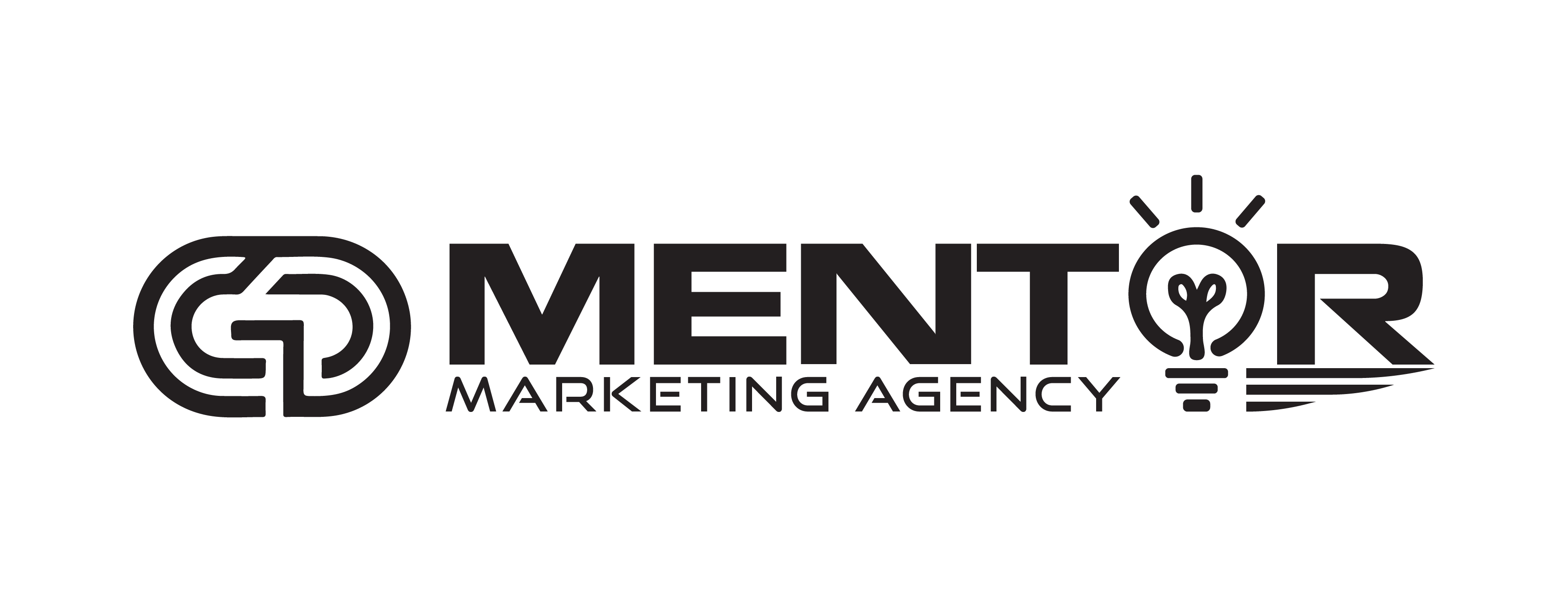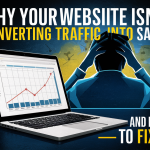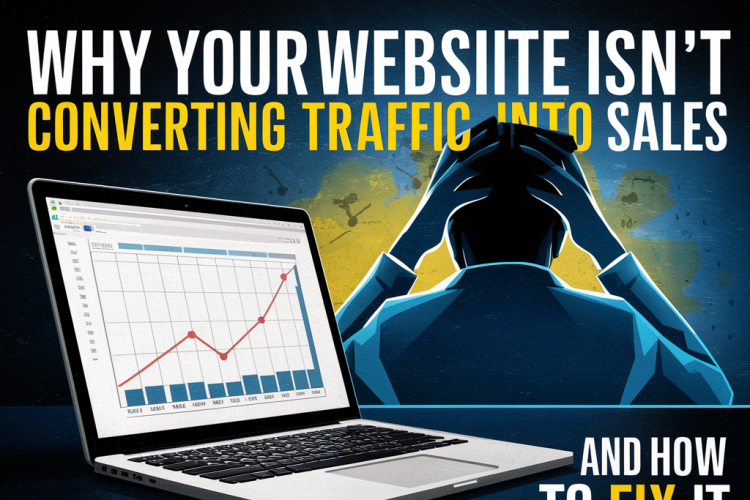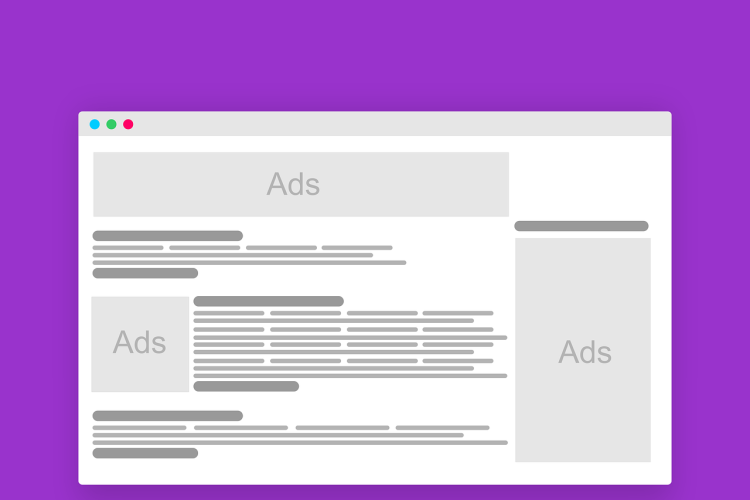
Google Ads can be a powerful tool for growing your business, but if you’re not careful, your cost-per-click (CPC) can quickly eat into your advertising budget. Whether you’re a small business owner or a part of a digital marketing agency offering Google Ads, Facebook Ads, and social media management services, these five strategies will help you lower your CPC while still driving quality traffic to your website.

1. Optimize Your Keyword Selection
Choosing the right keywords is the foundation of a successful ad campaign. Instead of bidding on broad terms that are expensive and highly competitive, focus on long-tail keywords—these are longer, more specific phrases that potential customers are likely to use when they’re ready to buy. For example, if you sell running shoes, instead of just “shoes,” try “affordable running shoes for women.”
Tip: Regularly review your keyword list and remove any that are underperforming or not converting well. This not only improves your ad relevance but also helps keep your costs in check.
2. Leverage Negative Keywords
Negative keywords are the terms you don’t want your ads to show up for. By carefully adding negative keywords to your campaigns, you prevent your ads from appearing for searches that are not relevant to your business. This means you only pay for clicks that have a higher chance of converting into customers.
Tip: Create a list of common search terms that aren’t relevant to your services and add them as negative keywords. This keeps your campaign focused and reduces wasted spend.
3. Enhance Your Quality Score
Google rewards advertisers who create relevant and engaging ads with a better Quality Score. A higher Quality Score can lead to lower CPC and improved ad positioning. Focus on three main areas:
- Ad Relevance: Ensure that your ad copy closely matches your keywords.
- Landing Page Experience: Create a user-friendly landing page that delivers on the promise of your ad.
- Expected Click-Through Rate (CTR): Write compelling ad copy that encourages users to click.
Tip: Regularly test different versions of your ad copy and landing pages to see what resonates best with your audience.
4. Refine Your Bidding Strategy
Your bidding strategy plays a crucial role in managing CPC. Instead of manually setting bids for every keyword, consider using automated bidding strategies offered by Google Ads, such as Target CPA (Cost-Per-Acquisition) or Target ROAS (Return-On-Ad-Spend). These tools can adjust your bids in real time based on performance data.
Tip: Monitor your campaigns closely. Even with automated bidding, make adjustments when you notice trends or changes in performance to ensure you’re always getting the best value for your budget.
5. Use Ad Scheduling and Device Targeting
Not every time of day or every device brings in high-quality leads. By analyzing your campaign data, you can determine when your ads perform best and on which devices. Ad scheduling allows you to show your ads during high-performance hours, while device targeting ensures you’re not overspending on clicks from devices that aren’t converting.
Tip: If you notice that mobile users are clicking your ads but not converting, consider lowering your bids for mobile devices or adjusting your landing page to improve mobile performance.
Conclusion
Reducing your Google Ads CPC doesn’t mean cutting corners—it means working smarter by optimizing your campaigns for better performance. By selecting the right keywords, using negative keywords, boosting your Quality Score, refining your bidding strategies, and targeting the right time and device, you can lower your costs and increase your return on investment.
At our digital marketing agency, we specialize in Google Ads, Facebook Ads, and social media management. If you’re looking to improve your advertising results while keeping costs under control, we’re here to help you navigate the complexities of digital marketing with ease.
Start applying these strategies today and watch your ad performance improve without breaking the bank!





